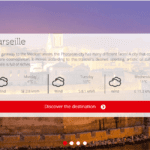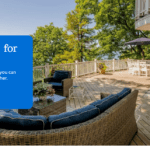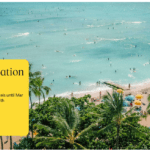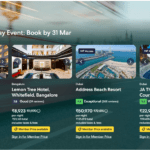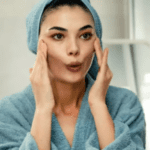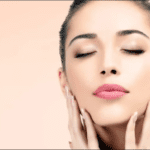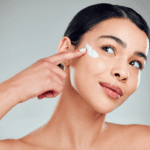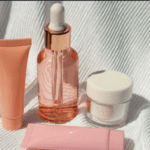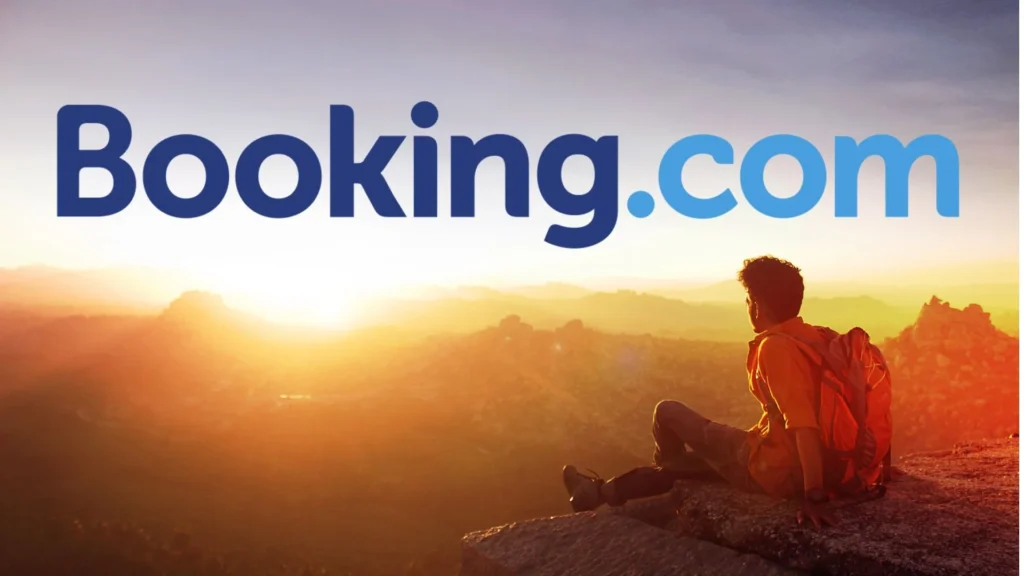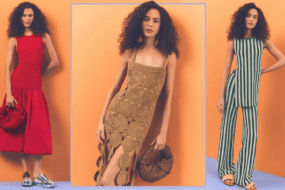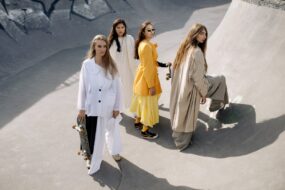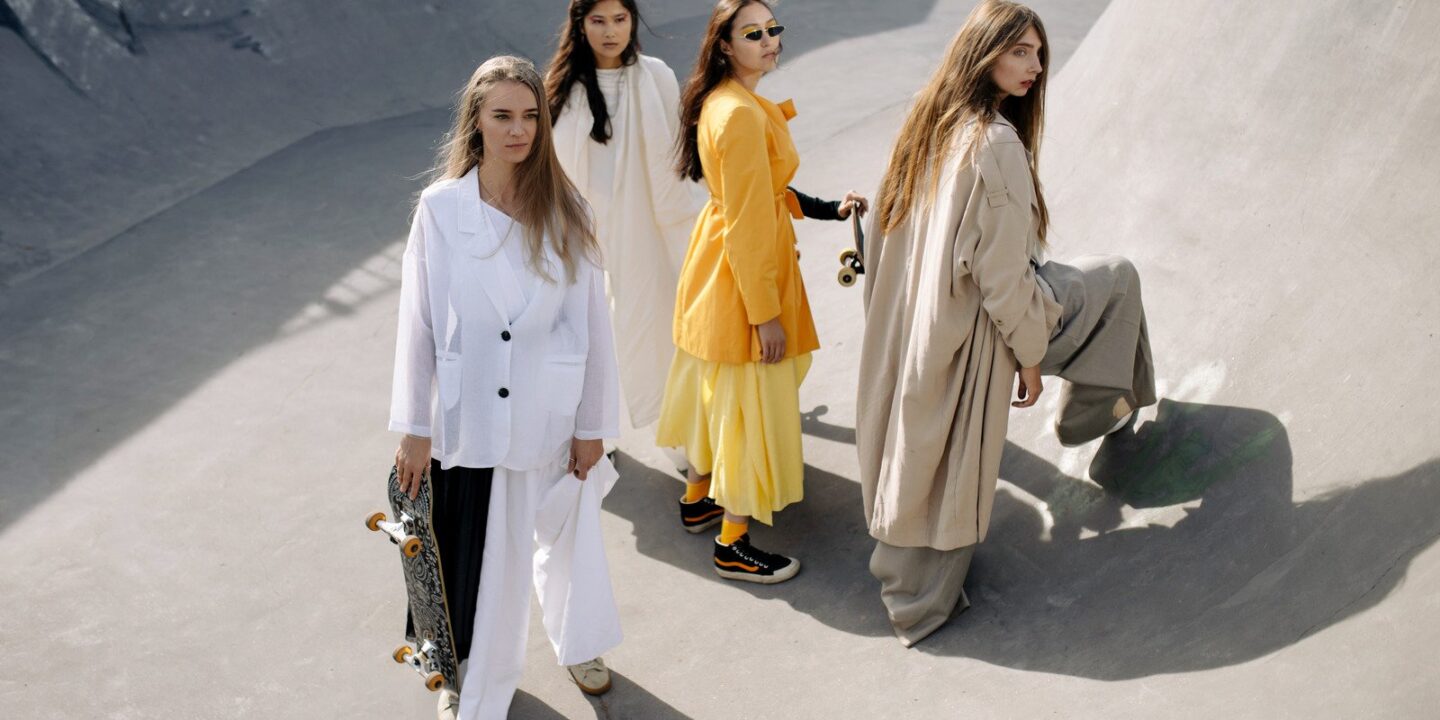
In the professional world, your appearance can speak volumes before you even say a word. The concept of “dressing for success” isn’t just a cliché; it’s rooted in psychology, sociology, and workplace dynamics. Whether you’re heading into a corporate boardroom, attending a networking event, or participating in a virtual meeting, your attire helps establish credibility, exude confidence, and leave a lasting impression.
This comprehensive guide explores fashion tips for various professional settings, delves into the significance of appropriate workplace attire, and provides actionable advice to elevate your style while remaining polished and authentic.
Why Dressing Matters in the Workplace
First impressions are formed within seconds, and your appearance often forms the basis of this judgment. Dressing professionally can:
- Build Credibility: When you look put-together, you’re perceived as more competent and reliable.
- Boost Confidence: Wearing clothes that make you feel powerful and comfortable can enhance your self-esteem.
- Demonstrate Respect: Dressing well shows that you respect your role, your colleagues, and the company culture.
- Encourage Productivity: Studies have shown that people often perform better when dressed professionally—this is known as “enclothed cognition.”
Ultimately, your clothing is a visual representation of your brand. The key is to align your fashion choices with your professional goals while staying true to your personal style.
Understanding Office Dress Codes
Workplace attire generally falls into four main categories. Understanding each can help you choose outfits that fit seamlessly into your office environment.
1. Business Formal
This is the most traditional dress code, usually found in law firms, financial institutions, and government offices.
For Women:
- Tailored suits or pantsuits in neutral colors
- Knee-length skirts or sheath dresses with blazers
- Closed-toe heels (modest height) or polished flats
- Minimal, elegant jewelry
- Neutral makeup and a professional hairstyle
For Men:
- Dark-colored suits (navy, black, charcoal)
- Crisp white or light-colored dress shirts
- Conservative ties
- Dress shoes (black or brown)
- Leather belt matching the shoes
Tip: Invest in quality staples like a classic blazer, well-fitted trousers, and timeless pumps or Oxfords. These pieces will serve you across seasons and occasions.
2. Business Professional
This dress code is slightly more relaxed than business formal but still polished and sophisticated.
For Women:
- Pencil skirts or dress pants with blouses
- Dresses with structured tailoring
- Cardigans or less formal blazers
- Closed-toe shoes or low-heeled pumps
For Men:
- Dress slacks with button-down shirts
- Optional blazers or sports coats
- Ties are encouraged but not mandatory
- Loafers or brogues
Tip: Add personality through colors or patterns in your shirts or accessories while maintaining a professional tone.
3. Business Casual
Now one of the most popular office dress codes, especially in tech or creative industries.
For Women:
- Blouses, sweaters, or simple dresses
- Tailored slacks or midi skirts
- Flats, loafers, or ankle boots
- Casual blazers or lightweight cardigans
For Men:
- Chinos or khakis
- Polo shirts, sweaters, or button-downs
- Loafers or clean sneakers
- Optional blazers for added polish
Tip: Mix formal and casual pieces to strike the right balance—think dressy tops with casual bottoms or vice versa.
4. Casual or Startup Style
In some workplaces, especially startups or remote environments, the dress code is more lenient.
For Women:
- Jeans, casual tops, and comfy dresses
- Minimal accessories
- Sneakers or sandals (where appropriate)
For Men:
- Jeans, t-shirts (without graphics), and casual shirts
- Casual sneakers or loafers
Tip: Even if the dress code is relaxed, avoid overly revealing, wrinkled, or worn-out clothing. Opt for “elevated casual” to maintain a professional image.
Wardrobe Essentials for Every Professional
Regardless of dress code, there are a few essentials that every professional should have in their wardrobe.
1. Tailored Blazer
A well-fitted blazer can elevate almost any outfit—from jeans to dresses. Choose a versatile color like navy, black, or beige.
2. Crisp White Shirt
A classic piece that pairs well with suits, skirts, or dress pants. Keep it pressed and stain-free.
3. Neutral Slacks
Comfortable, tailored slacks in neutral shades like gray, tan, or navy offer a base for various outfits.
4. Comfortable, Polished Shoes
Find a pair that’s stylish yet supportive for long workdays. Invest in leather shoes that can be resoled.
5. Structured Bag or Briefcase
Choose something that’s practical, stylish, and large enough to carry your work essentials without being bulky.
6. Statement Accessories (in moderation)
A watch, elegant necklace, or silk scarf can personalize your outfit without overpowering it.
Grooming and Presentation
Clothing is only part of the equation. Grooming and personal hygiene play a big role in overall presentation.
- Hair: Keep it clean, well-groomed, and styled in a way that doesn’t require constant adjusting.
- Nails: Maintain clean, trimmed nails. Neutral polish or bare nails are safest in conservative environments.
- Fragrance: Use subtle scents—strong perfumes or colognes can be distracting.
- Makeup: Opt for a natural, polished look. Avoid overly dramatic makeup unless it fits your workplace culture.
Tips for Dressing for Virtual Meetings
With remote work becoming more common, it’s easy to fall into a style rut. However, showing up professionally—even online—sends a message of respect and engagement.
- Dress from the waist up: Wear a blazer, blouse, or collared shirt.
- Use color wisely: Solid colors (especially jewel tones) look great on camera.
- Grooming still counts: Comb your hair, touch up makeup if you wear it, and avoid busy backgrounds.
- Don’t wear pajamas (even off-camera): Dressing fully can put you in a work mindset and boost productivity.
Seasonal Dressing Tips
Spring/Summer:
- Opt for breathable fabrics like linen or cotton.
- Stick to light colors and prints.
- Closed-toe shoes are still the safest bet unless explicitly allowed.
Fall/Winter:
- Layer with stylish trench coats or wool blazers.
- Use scarves, boots, and textured materials like tweed or corduroy.
- Keep outerwear clean and free of pet hair or stains.
Navigating Fashion in Diverse Workplaces
Workplaces are more diverse than ever, and that includes fashion. Here’s how to approach it mindfully:
- Be culturally aware: Some attire may carry cultural significance. Dressing respectfully helps foster inclusivity.
- Mind generational differences: Younger professionals may lean into trendier looks, while older colleagues may favor tradition. Find a balance that reflects your role and environment.
- Honor your identity: Don’t sacrifice who you are—fashion can be a form of self-expression. Just ensure it fits the professional context.
Avoiding Common Fashion Mistakes
Even with the best intentions, it’s easy to make missteps. Here are a few to watch out for:
- Wearing wrinkled or stained clothing – Always inspect your outfit before heading out.
- Over-accessorizing – Less is often more. Avoid anything too flashy or distracting.
- Clothes that are too tight or too loose – Fit is key to looking polished.
- Ignoring the dress code – Even if others bend the rules, aim to dress a step above.
- Not dressing for the audience or occasion – Know who you’re meeting and tailor your look accordingly.
The Role of Color and Style Psychology
Colors evoke emotions and can influence how you’re perceived:
- Navy Blue: Authority, trust, and calmness.
- Black: Power, sophistication, and formality.
- White: Cleanliness, simplicity, and organization.
- Red: Passion, energy, and leadership (use sparingly).
- Gray: Neutrality and professionalism.
- Pastels: Approachability and warmth.
You can also use patterns and textures (like pinstripes, plaids, or subtle florals) to add visual interest without compromising professionalism.
Budget-Friendly Ways to Build a Professional Wardrobe
Looking sharp doesn’t mean spending a fortune. Here’s how to build your wardrobe without breaking the bank:
- Start with versatile basics: Neutral blazers, slacks, and shirts can be mixed and matched.
- Shop secondhand: Thrift stores, consignment shops, and online marketplaces offer quality pieces at lower prices.
- Take advantage of sales: Look out for end-of-season sales or outlet stores for deals on staples.
- Tailor what you have: A modest alteration can make an average piece look custom-made.
- Accessorize smartly: Scarves, belts, or statement jewelry can transform an outfit.
Dressing for Career Growth
As you rise through the ranks, expectations for your attire may shift. Leaders are often expected to look the part—demonstrating confidence, authority, and a sense of direction.
- Dress for the role you want, not the one you have.
- Pay attention to how senior leadership dresses and follow suit—literally.
- Prioritize quality over quantity as you progress in your career.
Final Thoughts
Dressing for success isn’t about vanity—it’s about strategy. Your clothing choices can influence how others perceive you and how you feel about yourself. By dressing thoughtfully and aligning your wardrobe with your professional goals, you create an image of credibility, confidence, and competence.
Whether you’re at a startup, on Wall Street, or working remotely, there’s always room to elevate your professional presence. Be intentional. Be prepared. And most importantly, be yourself—just the polished version.

